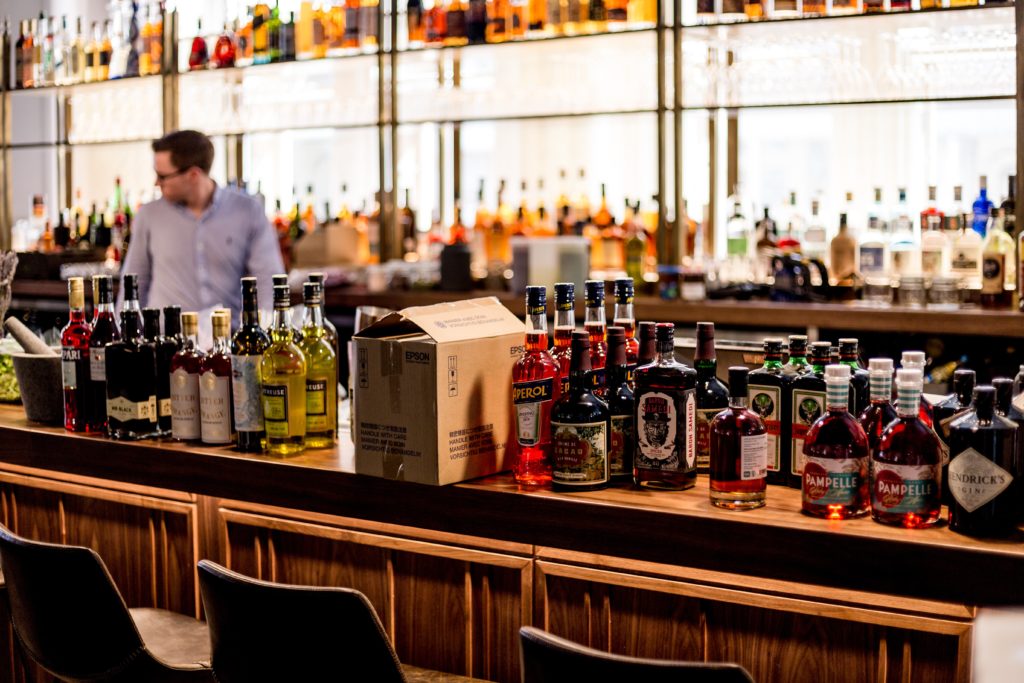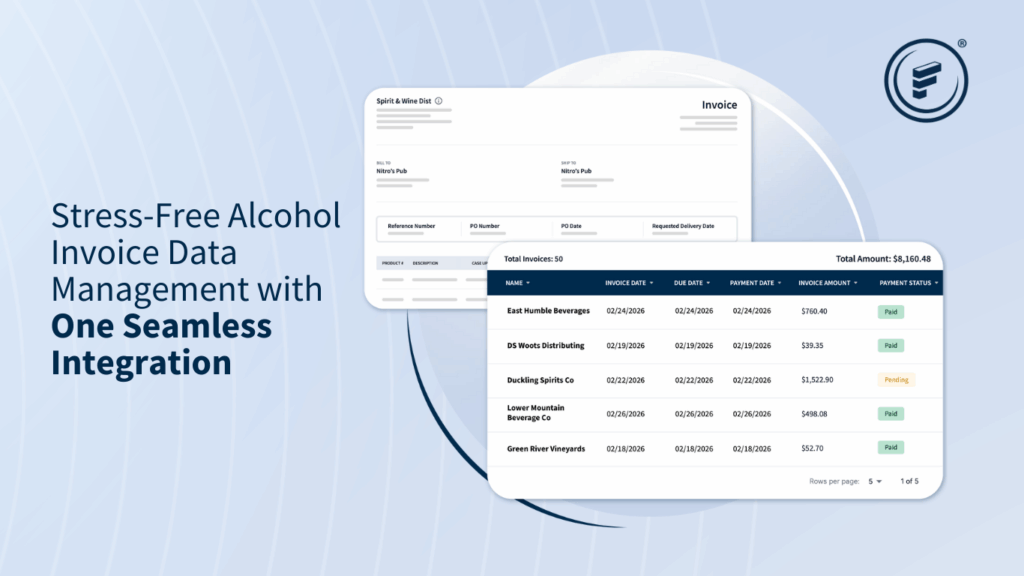Three North Carolina restaurateurs share their perspective on the industry and some strategic changes they have made over the course of the year.
Looking back to December 31st, 2019, it was New Year’s Eve, and the United States was moving toward a new year and enjoying a healthy economy. By and large, a global pandemic was not on anyone’s radar. But in March, the country was side-swiped by the onset of the COVID-19 pandemic. During a panel webinar sponsored by NCRLA, we spoke with three North Carolina restaurateurs to get their perspective on the industry and explore some strategic changes they have made over the course of the year. We were joined by Jason Smith, the Chef and owner of 18 Restaurant Group, Steve Thanhauser, owner of Angus Barn, and Katie Button, the Chef and owner of Katie Button Restaurants.
With respect to your beloved restaurants, what is your “mission-critical” as you learn to operate within the pandemic era and beyond?
Steve: We ended 2019 with one of our best years ever – the economy was roaring, and things were moving very nicely. But since March 17th, when everyone got shut down, our primary focus has been keeping our 400 employees gainfully employed at the Angus Barn. Right behind that was our commitment to our customers. We started thinking about how we could keep our guests safe and comfortable so they could enjoy our hospitality experience again. It was essential to make sure they could see the effort we put behind the appropriate safety precautions.
Jason: My big concern was keeping my employees’ working and maintaining a safe work environment. I’ve also tried to be an industry leader in my community, so now I’m focusing on the big picture, like upgrading our patio with an awning, fans, and heaters and learning how to host larger groups safely. It’s also been a priority to continue supporting NCRLA because they have been a great resource for us over the last several months, communicating to our legislative leaders about the importance of our industry. But my day-in and day-out focus has been and is still to keep my staff employed and pull my business through to the other side of this.
Katie: At the beginning of the year, our focus was actually on expansion, with plans for a large event space. But restaurants, particularly independent ones, have been uniquely impacted by the pandemic and have been hurt severely. So, my mission-critical has been to advocate for independent restaurants and to push our elected officials for industry-specific aid.
During the first part of the pandemic, there was a drastic swing from dine-in to take-out. Tell me how you changed your take-out menu and take-out processes to optimize great experiences for customers who were consuming their meals sometimes 20, 30, 60 minutes after it was prepared.
Katie: We looked at take-out from a few different angles. We first asked ourselves, how can we turn our Spanish tapas concept, La Bodega by Curate, into a specialty retail store where people can pick up cold or frozen meals to make themselves at home – that was our first iteration of take-out. Then, when we reopened the dining room at Curate at 50% capacity, we knew we would need to rely more on true take-out. As that part of our business continues to grow, we’ve considered everything from the packaging to the menu items we offer. We eliminated items that didn’t travel well by having our chefs take food home and report back on each item.
Steve: Going in, we didn’t have any sort of take-out menu because it tended to bog down the kitchen in the past. Of course, once the pandemic began, we created a limited menu that focused on our more iconic dishes that would travel well, like some of our steak options, burgers, pasta, and a salmon dish. We were pleasantly surprised by how well it did, and we plan to keep it in place for at least the next year. We also introduced a category of ready-to-cook items because we butcher and age our own meat, so we were able to package that for guests to take and prepare at home.
Do you think current levels of take-out business is here to stay? Will you continue to nurture your take-out menu and operations after the pandemic?
Katie: I think a lot of these changes have become permanent, and the idea of focused menus will definitely be one that sticks around for our concepts. Now, I’m still trying to figure out if delivery is a component that will make sense for my business in the future since so much of our take-out food is picked up.
With occupancy capped at 50% in North Carolina and fewer people choosing to dine out, how have you tweaked your menu to minimizing cost to the business and attract the diners who are choosing to dine out?
Jason: We brought menu items from our previous concept, Seaboard 18, to our Cantina location, and that certainly attracted folks who would have otherwise not chosen to dine-in at the Cantina concept. It also encouraged regulars to come in more frequently because they had more options between the two menus. We also moved our take-out to pick-up only, which turned out to be a great decision because as people pick up their food, they can see how spaced out the patio is and how compliant we are with safety protocols. It’s helped create that comfort and encouraged them to come dine-in with us next time they visit.
Katie: We created a new Spanish Experience tasting menu option where guests essentially allow my husband and me to serve them what we would consider the perfect meal in our restaurant. We also offer a beverage pairing with the meal and have found that the option not only increases our check averages but for people who are a bit more adventurous and like trying new things, they really enjoy it.
We also focused on reducing our overall menu size, which helped us ensure our staff in the kitchen would be able to work safely in spaced out zones with minimal interaction. The smaller menu also simplifies take-out, and going forward, it will be part of the permanent restructuring of our business.
Anyone closely monitoring the hospitality industry at this time has hopefully seen or heard the importance of sanitizing and social distancing in a way that lets your guests know that you are actively committed to a steadfast safety response to COVID-19. What are you doing in your restaurants and/or in your marketing to help demonstrate your resolve to keep your guests as safe as possible while dining with you?
Steve: We got ahead of our customers’ questions by using our social media and website to communicate what would be a bit different from the past with each future visit. Going in, we knew it was important to be the poster child for safety and to follow precautions because we knew there would be a lot of eyes on us. As such, we’ve made sure to follow all the guidelines to the letter, and we’ve reminded our guests with friendly signage, hand sanitizer stations, and reduced capacity.
NCRLA also built their Count on Me NC program with the DHHS and Department of Agriculture, which we used. It is a five-module course that every employee could take, and then restaurants could put a certification decal on their door to assure customers that employees had undergone training. The program really helped improve industry consistency across the state of North Carolina.
Jason: We want to make sure we’re keeping our space as open and airy as possible to increase that comfort level for our guests. We are adding a new, permanent awning to our patio in December, hopefully before it gets too cold so we can continue to use that space. Because my Cantina concept isn’t as formal as others, many people don’t mind sitting outside with a jacket to eat tacos, especially if it’s sheltered and the heaters are set up. But keeping folks spaced out indoors and preventing crowding around the bar is key and a habit we will keep in place for a long time.
With regard to social distancing requirements, how are you accommodating customers who must wait for a table yet may not congregate with others who are waiting?
Steve: When the weather cools down, we will be putting a 90×60 foot tent in an adjacent parking lot. It will be heated and lit, and we’ll have a bar set up inside. This will allow us to serve drinks to 80-100 guests who may have gotten to the restaurant early or have to wait for their reservation. We’re hoping this will help us manage our traffic flow once it’s too cold to take drinks out to the parking lot for guests who are waiting.
Just the very nature of a pandemic gives rise to the demand for touch-free processes and transactions. Technology tools such as online ordering software, reservation platforms, digital menus, and touch-free payments are just a few examples of what I would expect to see in high demand these days. How have you adapted technology to enhance your operations?
Jason: We added online ordering with the ability to pay online, which saved our team a lot of time and energy. We also implemented an online scheduling platform, something we had never used before, so that we could communicate more easily with our staff and eliminate the need for paper schedules floating around the back-of-house. We also really increased our use of social media to connect with our guests and draw folks in.
Katie: We really leaned into online ordering, not just for pick-up orders at the Bodega, but also for nationwide shipping for customers who aren’t local. The platform has also helped us launch a new wine club that ships to select states. We also used the time to revamp our website to tell our story more cohesively and showcase all the ways a guest can experience Curate.
What is your advice to fellow restaurateurs who wish to advocate on their own behalf or join a larger advocacy effort? What can they do to be a voice of change (or non-change if the case may be)?
Steve: We’re so grateful to have wonderful organizations here like the North Carolina Restaurant and Lodging Association and the Independent Restaurant Coalition. There are so many great resources available through these groups. They work so hard to help communicate to the state government how critical and vibrant the NC restaurant industry is. They are a real ally to businesses like ours, and we have a duty to support each other.
Jason: If there was ever a time to support the NCRLA, this is it. Their team has done incredible work to take a plan to our governor that made sense for us and our guests. It’s been a huge turning point in our industry and for the state. It’s hard to say where would be without the support of a group like NCRLA.
Katie: I would encourage everyone to reach out to their elected officials, tell your story, and encourage them to support the industry. Joining organizations like the NCRLA is also a great step since it can help you be a part of something bigger and make an impact in a way that your independent restaurant may not otherwise be able to.
Interested in hearing more about how these restaurateurs have made strategic changes this year? Watch our full panel webinar, North Carolina Restaurateurs Share Strategies for Driving Long-Term Success, on-demand.






